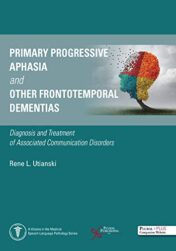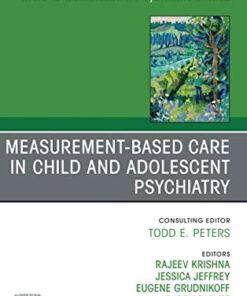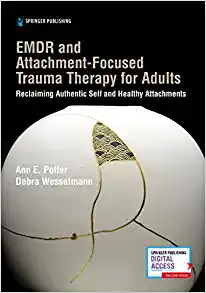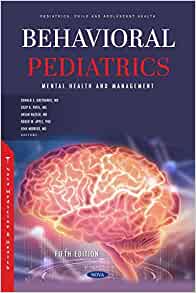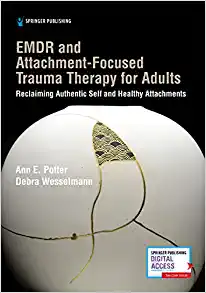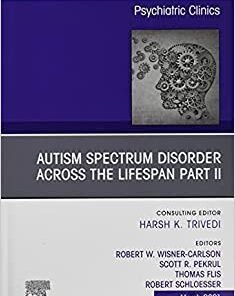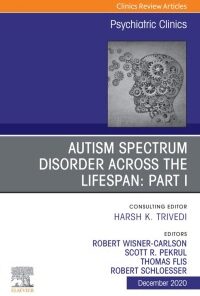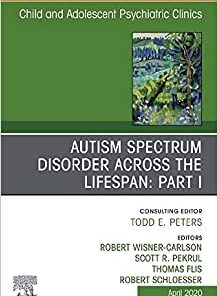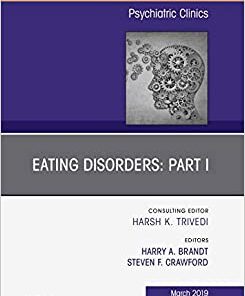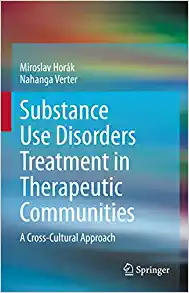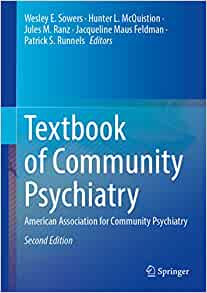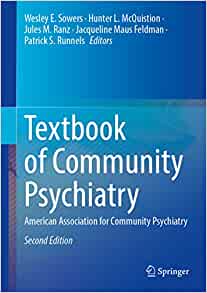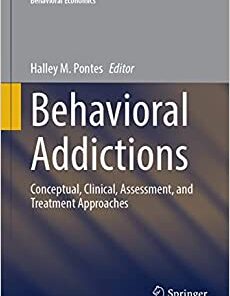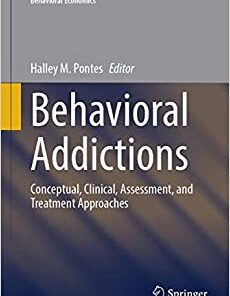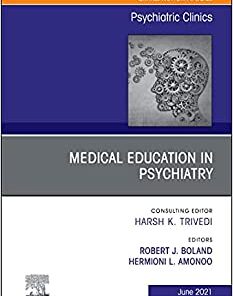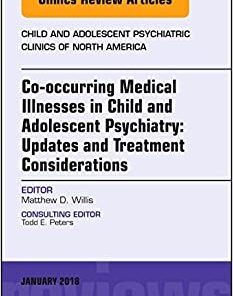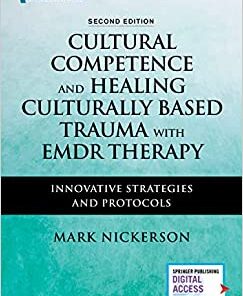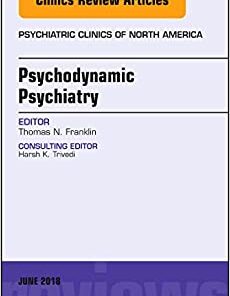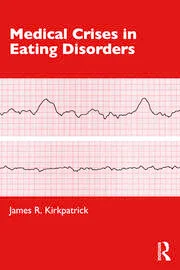Primary Progressive Aphasia and Other Frontotemporal Dementias: Diagnosis and Treatment of Associated Communication Disorders (Original PDF)
$15
Primary Progressive Aphasia and Other Frontotemporal Dementias: Diagnosis and Treatment of Associated Communication Disorders (Original PDF)
Primary Progressive Aphasia and Other Frontotemporal Dementias: Diagnosis and Treatment of Associated Communication Disorders is the second volume in the “Medical Speech-Language Pathology” book series. It is intended to fill an unmet need to assist clinicians, students, and related healthcare professionals in the diagnosis and treatment of the title disorders.
There is a growing population of individuals diagnosed with various forms of Frontotemporal Dementia (FTD) and Primary Progressive Aphasia (PPA), and this number is likely to increase as medical practitioners and speech-language pathologists (SLPs) become more expert at identifying these conditions. More clinicians will be seeing, and treating, patients with a diagnosis of FTD or PPA. Toward that end, the goal of this book is to expand this clinical knowledge base and support the development of skills in diagnosis, but also in clinical management.
Within each chapter is a concise presentation of available evidence-based practice and research findings, with a focus on sharing information that is clinically applicable and digestible for non-researchers. Each chapter provides a comprehensive outline of testing that will assist in the diagnosis of the cognitive-communication disorders associated with FTD, PPAs, and primary progressive apraxia of speech (PPAOS).
The book also comes with access to a PluralPlus companion website containing videos and color versions of images from the text.
From the Foreword
“. . .It is very appropriate at this time to take stock of the state of the science and art of research and clinical practice directed at PPA, PPAOS, and related FTDs. This book does just that. As a whole, it provides a very substantive overview of the topic, and its individual chapters provide essential details about the underpinnings, defining clinical features, assessment, differential diagnosis, and management of each of the disorders. The consistent chapter-to-chapter format and case studies provide a reader-friendly cohesiveness that will be appreciated by students, busy clinicians, and clinical researchers. Lastly, this book will serve as a solid foundation for critically appraising the value of future clinical research that will impact the quality of care for individuals with these increasingly recognized disorders which so insidiously but profoundly siphon away the ability to communicate.”
— Joseph R. Duffy, PhD, CCC-SLP, BC-ANCDS
Related Products
PSYCHIATRY BOOKS
PSYCHIATRY BOOKS
PSYCHIATRY BOOKS
PSYCHIATRY BOOKS
Psyched: Seven Cutting-Edge Psychedelics Changing the World (EPUB)
PSYCHIATRY BOOKS
PSYCHIATRY BOOKS
PSYCHIATRY BOOKS
PSYCHIATRY BOOKS
Mental Health Care for Elite Athletes (Original PDF from Publisher)
PSYCHIATRY BOOKS
PSYCHIATRY BOOKS
PSYCHIATRY BOOKS
PSYCHIATRY BOOKS
PSYCHIATRY BOOKS
PSYCHIATRY BOOKS
PSYCHIATRY BOOKS
PSYCHIATRY BOOKS
Collaborative-Dialogic Practice (Original PDF from Publisher)
PSYCHIATRY BOOKS
PSYCHIATRY BOOKS
Alternative Approachies To the Study of Sexual Behavior (EPUB)
PSYCHIATRY BOOKS
Psychosocial Analysis of the Pandemic and Its Aftermath (EPUB)
PSYCHIATRY BOOKS
PSYCHIATRY BOOKS
PSYCHIATRY BOOKS
The Book of Phobias and Manias: A History of Obsession (EPUB)

